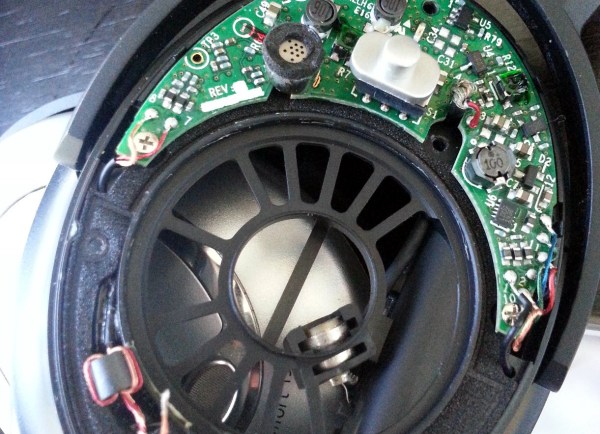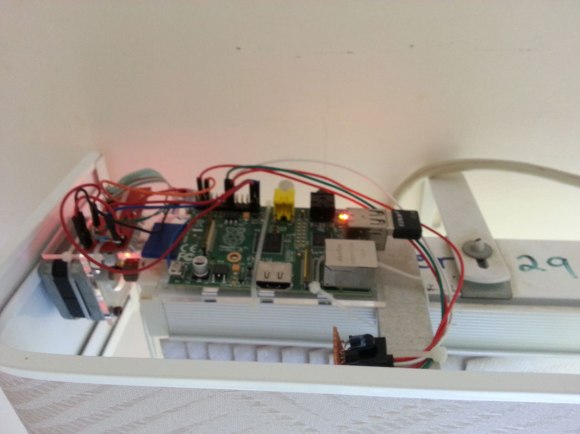Making your own FM radio is practically a rite of passage for hackers. How about making a small FM transmitter?
Originally designed by the Japanese multimedia artist [Tetsuo Kogawa], this simple FM transmitter can be built with only 10 components and about an hour of your time. The method shown here is one of the easiest to build, and it’s called the Manhattan Style — the same method used when [Bill Meara] built his BITX radio. It’s unique in that instead of using traces it uses one copper PCB which is used for all ground connections, and then small islands of the same PCB glued on top to form nodes for the circuit to connect to. Besides being an extremely easy way to make a PCB without any fancy tools, it also makes you think about circuits in a different light. In fact, it gives “floating ground” a whole new meaning!
While its 10 component count is impressive, it can’t beat this 3 component FM transmitter we shared a year ago! Stick around after the break to see how to make your very own.

















